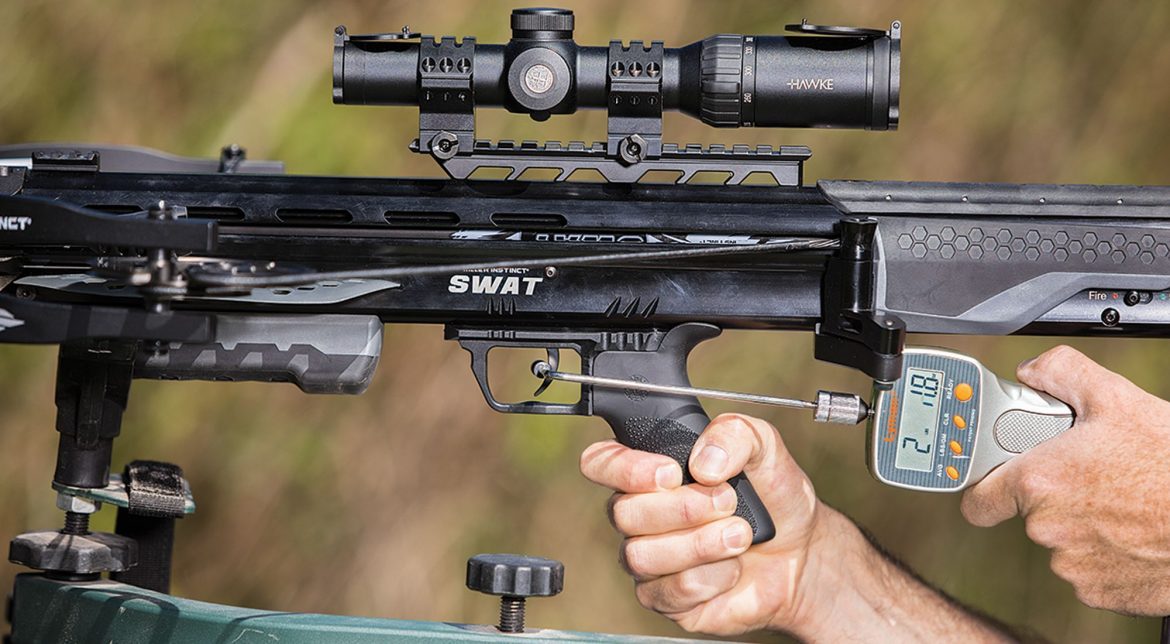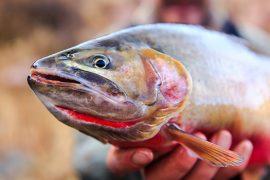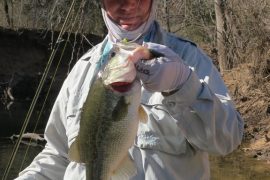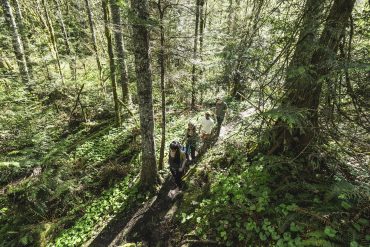
We dedicated long days and late nights to our most exhaustive bow test yet. Here’s a breakdown of how we arrived at our scores. Also, for any hunters wondering why a particular model is missing from our test, keep in mind that our annual test (like our other gear tests) is an invitational. Manufacturers were invited to submit one compound and/or one crossbow of their choice as long as it was new for 2017.

This year, we partnered with Stress Engineering Services, a versatile firm that tests everything from treestands to rifle recoil at its Ohio-based Outdoor Division. Stress and our team evaluated each submission for arrow speed, noise, and vibration. Data was collected as both compounds and crossbows were fired off a remotely triggered Hooter Shooter in a semi-anechoic (echo-free) chamber.


Speed was calculated by analyzing high-speed video footage. Each model was recorded firing an arrow against a backing board covered in lines spaced at 1-inch intervals. Frame-by-frame analysis was used to calculate velocity at launch. Each compound was set at the IBO standard 30-inch draw length and 70-pound draw weight.

For the arrows, however, we deviated from our past use of the industry-standard IBO arrow (300 grains) to hunting-weight arrows (Victory Archery VAP Elite shafts at 423 grains) to evaluate more realistic field velocities. We measured crossbow speeds with various arrows (each crossbow required a specific nock type and shaft length), although they all weighed between 420 and 430 grains. Noise levels were recorded with microphones in the semi-anechoic chamber. Raw acoustic data was filtered to account for how the human ear perceives sound.






